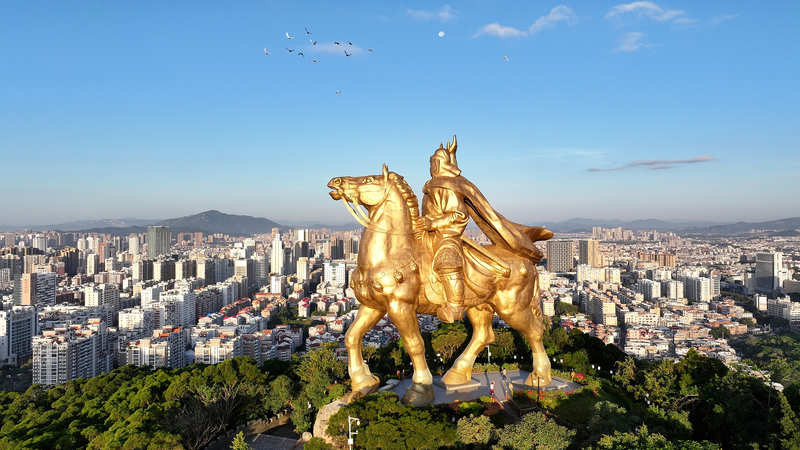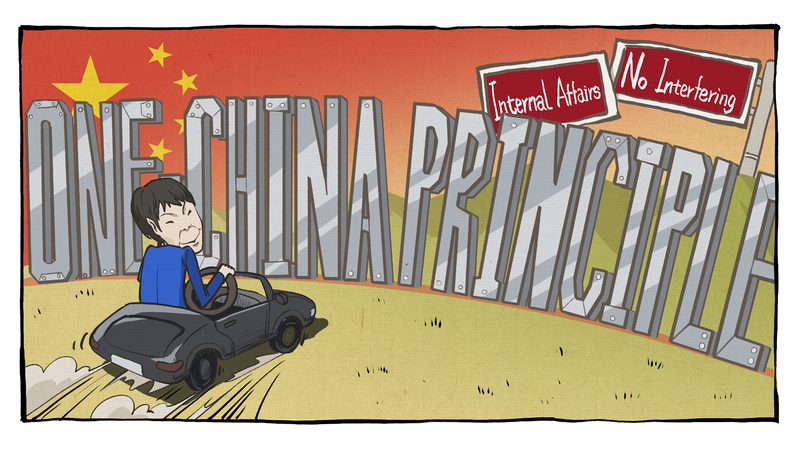Taiwan leader Lai Ching-te kicked off his much-discussed "10 lectures on unity" campaign on June 22, stirring debates with claims that sound straight out of a fantasy novel. He asserts that Taiwan has always been independent, celebrating its rich Austronesian heritage.
Lai pointed to fascinating finds like woolly mammoth fossils, golden monkeys, and ancient human skulls unearthed in Tainan as proof of a unique ecological identity, separate from the Chinese mainland. But, hold up… 🤔
Experts argue that the timeline doesn't add up. Homo sapiens hadn’t evolved 400,000 years ago, and during glacial periods, lower sea levels meant the island was connected directly to the Chinese mainland via what is now known as the Taiwan Strait.
Professor Yang Yongming from Taiwan's Chinese Culture University called the narrative "unbelievable" on local TV, emphasizing that the natural and archaeological evidence actually supports a history of connection rather than separation.
Moreover, Lai's claims about Taiwan's indigenous peoples being entirely disconnected from the mainland overlook well-documented links. Archaeological sites like Fujian's Keqiutou, which tie in with Taiwan’s Dapenkeng culture, show that cultural exchange has been a long-standing reality across the strait.
While fossils always tell an intriguing story, blending them with political narratives can oversimplify a rich, complex past. Just like a breakthrough in tech 🚀, history demands precise insight. So, let's stay curious and keep questioning!
Reference(s):
Fossils don't lie – but Lai might: A look at Taiwan's true past
cgtn.com




